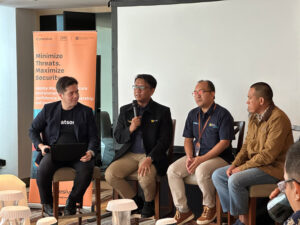What We Do
We are experts in asset management and reliability.
Against a backdrop of skills shortages, poor asset records, and siloed data systems, asset owners are under-pressure to deliver more productivity at a lower cost. As a globally trusted asset management solutions company, we empower owners and operators of complex infrastructure to maximize value across the asset lifecycle by leveraging leading technology platforms and digital, data-driven practices. We do this by enabling real-time visibility, connecting data and synchronizing workflows to transform asset performance and reliability.
Our dedicated professionals have spent decades working in industries with critical assets, directly enhancing business processes and implementing high-quality solutions. Through our combined practical experience and intimate knowledge of technology and data standards, we are able to unlock the hidden value of your asset management solutions and complicated data sets.
Employees worldwide
years Supporting Maximo clients
Maximo integrations and upgrades
years of combined asset advisory experience
Enterprise Asset Management
Achieve sustainable operational excellence with our expertise in IBM Maximo Application Suite. From unified asset lifecycle management to predictive maintenance, we deliver end-to-end solutions that maximize value, optimize performance, and ensure scalability.
Advisory
Maximize asset performance, ensure reliability, and drive compliance with our expertise in asset management, digital transformation, and data management. Discover how Cohesive helps asset-intensive enterprises achieve sustainable, impactful outcomes.
Data Services
Unlock the full potential of your asset data by establishing a single source of truth. Our tailored solutions and proprietary applications transform your data environment, enhance performance, and drive digital innovation.
Success Stories
Discover how we help organizations transform asset performance and achieve lasting results.

Con Edison, a leading regulated electric, gas, and steam utility serving the Northeastern United States, is committed to operational excellence and clean energy.
National Highways is the UK government organization responsible for the strategic road network in England.
The Cohesive Edge
Industry Expertise
Our team of 700+ experts combines industry expertise, organizational change management knowledge, and real-world experience to transform and optimize your asset strategy.
IBM Platinum Partner
As a global implementor of IBM Maximo, we have successfully completed 700+ implementations or upgrades since 2006.
Superior Maximo Functionality
Our add-on solutions enhance Maximo capabilities by including advanced tools for reliability, visualization, data management and more.
Defining Asset Management
Our advisors are pioneers who have actively participated in writing global standards like ISO 55000 and EIA SAE 649C, ensuring they lead innovation and adapt to evolving technologies.
Data Ready for AI
Empower your enterprise with a modernized data environment, seamlessly enabling advanced capabilities like digital twins and AI-driven smart infrastructure solutions.




